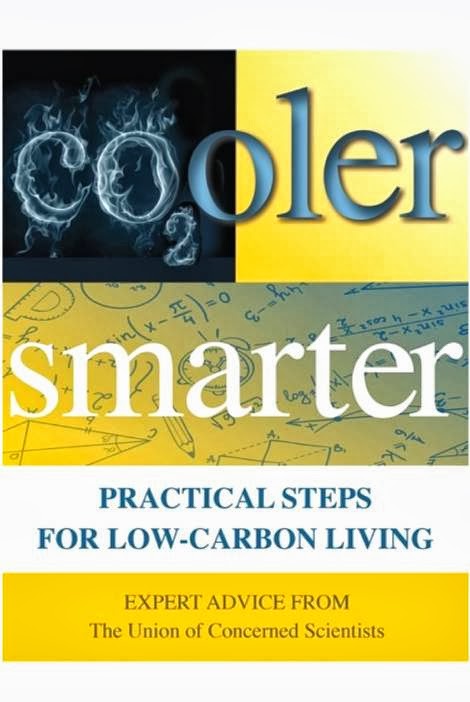 |
| Foucalt's pendulum at the United Nations in New York City |
Many in the private sector greeted the news with great enthusiasm. They recognize the risks associated with climate change, but also the inherent opportunities in transitioning to a clean energy economy. The key is the predictability that consistent policy provides. Clarity can act as an innovation accelerant and productivity driver; constraints in one area drive creativity in others. According to a recent report published by We Mean Business, companies that have set targets aligned with the science and publicly disclosed their performance are seeing an Internal Rate of Return (IRR) of 27% on low carbon investments, with some reporting an IRR as high as 81%. Not too shabby.
The US-China announcement also comes as the US EPA's proposed plan to limit carbon emissions from electric power plants reaches a critical milestone: The close of the public comment period on December 1.
The Clean Power Plan (CPP), as it's officially known, sets goals for reducing power sector emissions based on local conditions, opportunities and policies. States are granted tremendous flexibility in how to achieve the targets, including through energy efficiency, expanded use of renewables, and improvements to coal fired plants. In addition, they can leverage multi-state solutions such as the Regional Greenhouse Gas Initiative (RGGI).
The nine participating RGGI states support the CPP because they have directly experienced the benefits of a structured program to limit GHG emissions: $70M in clean energy investments, a 40% reduction in regional CO2 emissions, job creation and an estimated $2B in lifetime energy cost savings.
Data points like there are why, increasingly, companies are stepping out publicly to call for smart energy policy. BICEP (Businesses for Innovative Climate and Energy Policy), the policy arm of Ceres, includes a growing number of companies who see the urgency of being vocal. BICEP members are asking for some degree of predictability, not prescriptive rules, but guidelines. "Policy guardrails", as Starbuck's Jim Hanna likes to call them. BICEP members have made their case to Capitol Hill. We captured some of their comments here.
They are also thinking carefully about their trade associations and what those memberships say about their brand. Consider the recent departures from ALEC. Much as they claim it doesn't matter, having over 90 high-visibility brands, including Google, Microsoft, then Facebook, and now SAP jump ship over - among other things - its climate change position sends a signal.
And the pendulum gains momentum.
BICEP was back on the Hill again in November. Together, representatives from Kellogg Company, Nestle, eBay, Mars, and many more, told lawmakers why the transition to a clean energy economy is important to business. Then we'll release an open letter to the President and congressional leaders expressing the support of companies for regulating carbon.
Join us. We just might be witnessing a pendulum shift to a clean energy economy... one that appeals to Republicans and Democrats alike. And that'd be the best surprise of all.
This blog was first published in GreenBiz November 23, 2014













